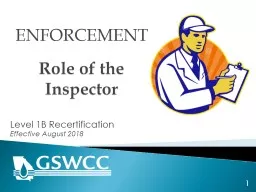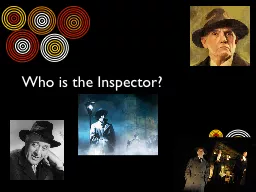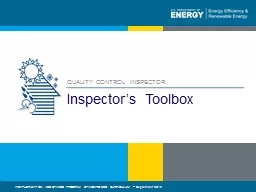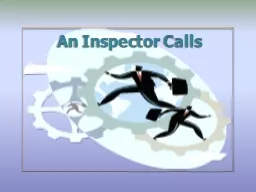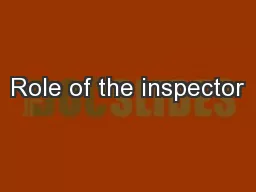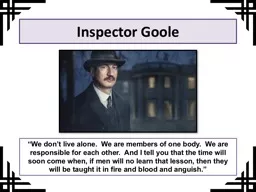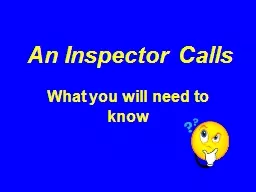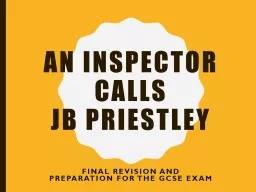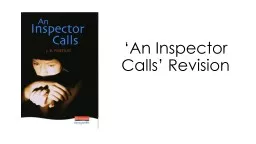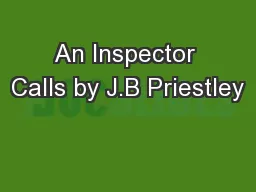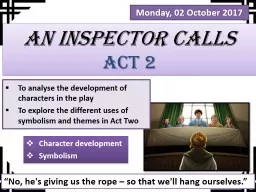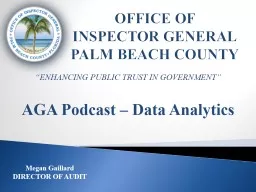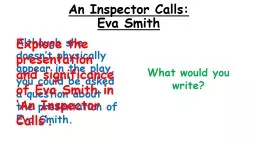PPT-Role of the Inspector 1 Enforcement
Author : conterc | Published Date : 2020-06-17
Level 1B Recertification Effective August 2018 The inspector is the key person in determining if the approved plan has been implemented properly The inspector is
Presentation Embed Code
Download Presentation
Download Presentation The PPT/PDF document "Role of the Inspector 1 Enforcement" is the property of its rightful owner. Permission is granted to download and print the materials on this website for personal, non-commercial use only, and to display it on your personal computer provided you do not modify the materials and that you retain all copyright notices contained in the materials. By downloading content from our website, you accept the terms of this agreement.
Role of the Inspector 1 Enforcement: Transcript
Download Rules Of Document
"Role of the Inspector 1 Enforcement"The content belongs to its owner. You may download and print it for personal use, without modification, and keep all copyright notices. By downloading, you agree to these terms.
Related Documents

